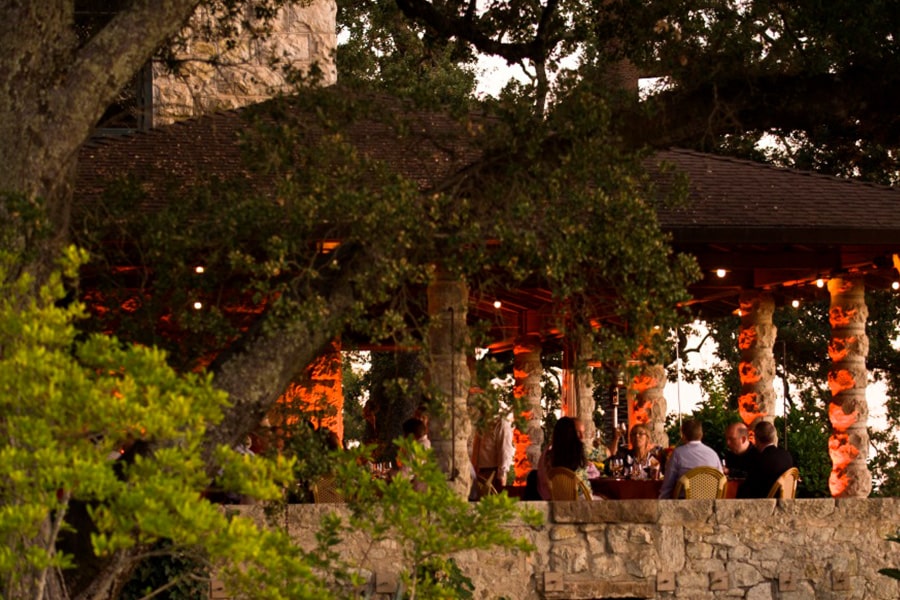

What comes across most powerfully is the deep affection Paubert has for the winery, and for its history. He insists that very little has changed over the years of his tenure, and what changes he has made are slight – reducing the proportion of new oak, for example. This is important because it underpins everything Paubert does – or doesn’t do. ‘There has been a strong style through the years – the wine is not an expression of the winemaker but of the land.’ His predecessors included Robert Brittan (who now has his own winery in Willamette Valley) ‘who was also a lover of expression’ Paubert sees his role as a continuation of the work that has gone on before. ‘I represent ten per cent of the winery’s history,’ he says with a laugh. Paubert, who grew up in Sauternes and has worked at Chateau d’Yquem as well as in Chile, Spain and Washington state, has been at Stags’ Leap for 12 years. It’s very ‘simple and straightforward: don’t overdo anything, just show the terroir and the fruit and make it elegant’. I don’t add anything.’ The wine is aged in 35 percent new oak for 20 months. He uses innoculated yeast for a ‘fresh, quick, pure fermentation’ and then ‘it’s just fruit and yeast in the tank. The Cabernet comes from grapes from the southern part of Napa where it’s cooler, Paubert says. The 2018 anniversary bottling is a blend of 80 percent Cabernet Sauvignon, with Merlot, Malbec, Tannat and Petit Verdot.

‘We’re very traditional,’ Paubert says, a theme he will return to several times during our interview, always stressing the simplicity of vinification. What goes into making Stags’ Leap Winery Cabernet Sauvignon? Indeed, a persistent rumour (which the winery ‘does not consider credible’) has it that a former winemaker, Robert Brittan, once saw the ghost of a fashionably dressed young woman drifting along the corridors. The film was panned by the critics, but there’s no doubt it captured the spooky essence of the old house that remains to this day: it’s an atmospheric place. It sparked briefly to life as the setting for a 1958 Rock Hudson movie, The Earth Is Mine, which shows the mansion’s decayed grandeur and the sombre magnificence of the great chestnut vats in the cellar. The winery fell slowly into disuse and by the mid-1950s it was derelict. The Chases were ruined in the 1900s after investing in a failed Mexican silver mine and the estate was sold in 1913 to Clarence and Frances Grange, also prominent in San Francisco society and also to be touched by tragedy – Clarence died after a riding accident, and many years later one of his sons killed himself at the property. The estate itself was founded in the 1870s and went through numerous owners, one of whom – the party-loving Horace Chase – built the manor house and started making wine from the vineyards that had been planted 20 years before. The 125 th anniversary is marked by the 2018 Cabernet, referring to the first vineyards coming on stream in 1893. The first vintage of the Stags’ Leap Winery Napa Valley Cabernet Sauvignon was the 1981.


 0 kommentar(er)
0 kommentar(er)
